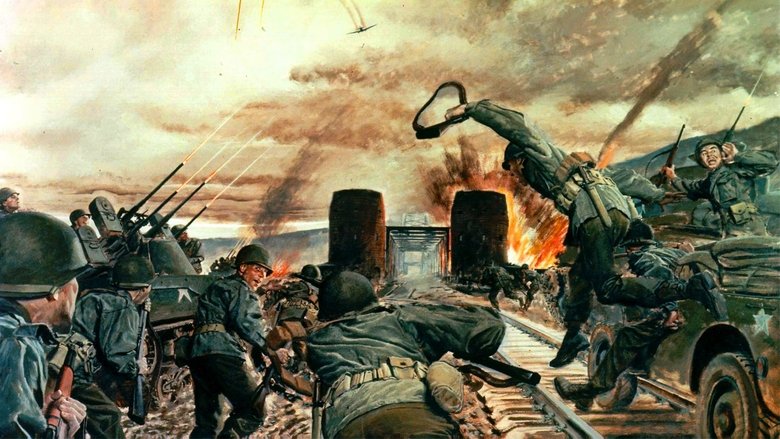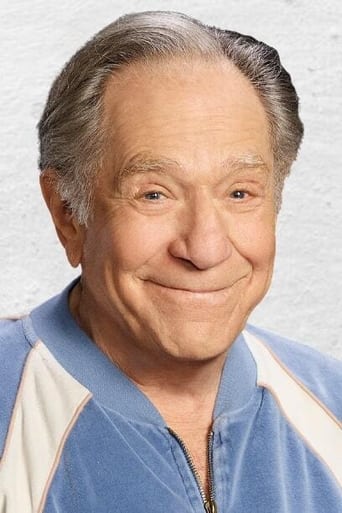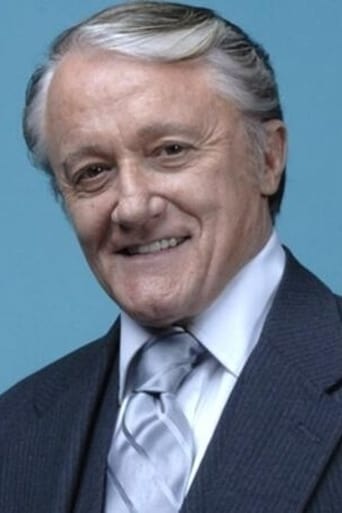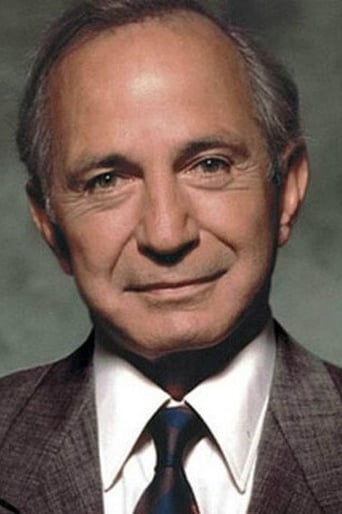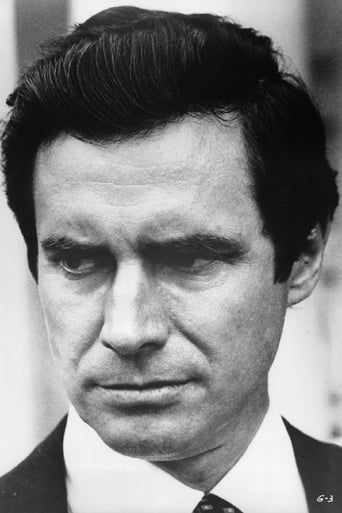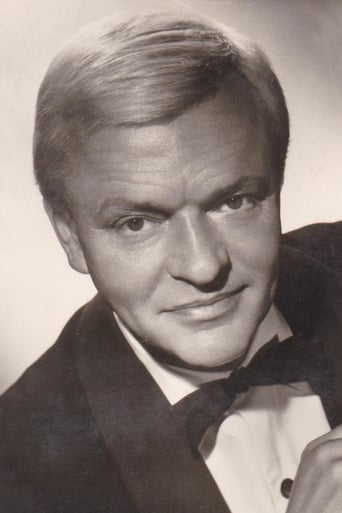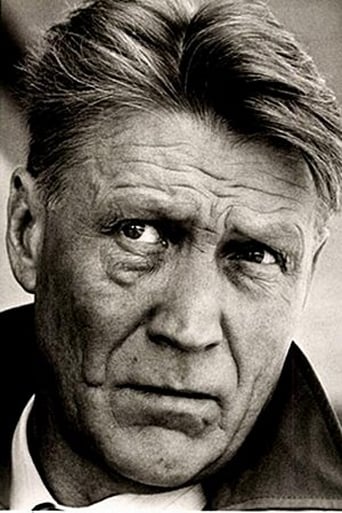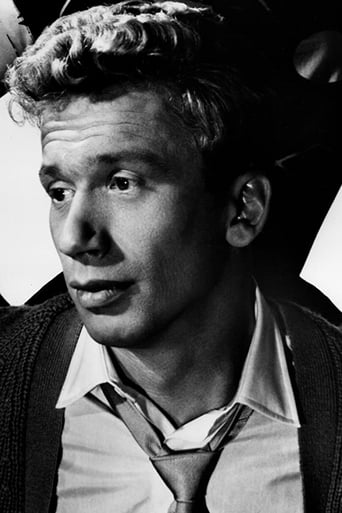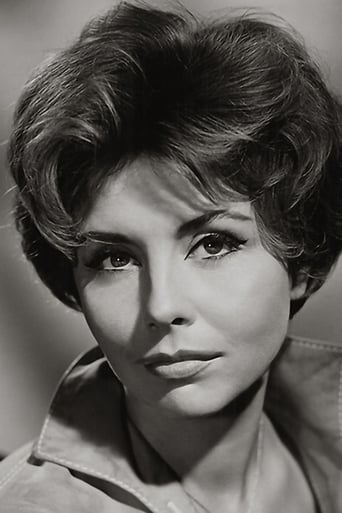
In March of 1945, as the War in Europe is coming to a close, fighting erupts between German and American troops at the last remaining bridgehead across the Rhine.
Similar titles
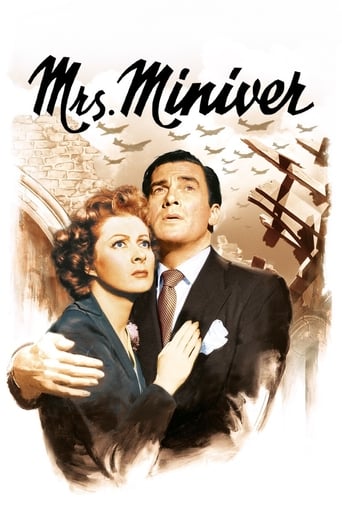
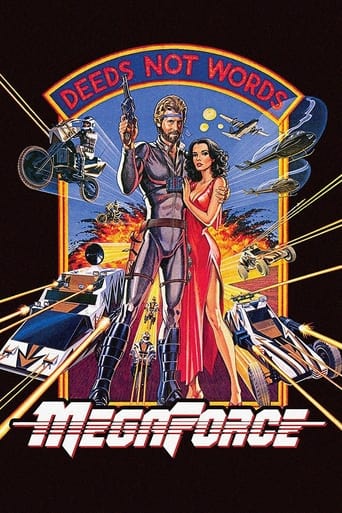

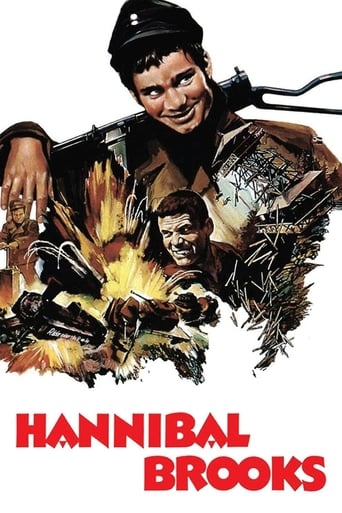
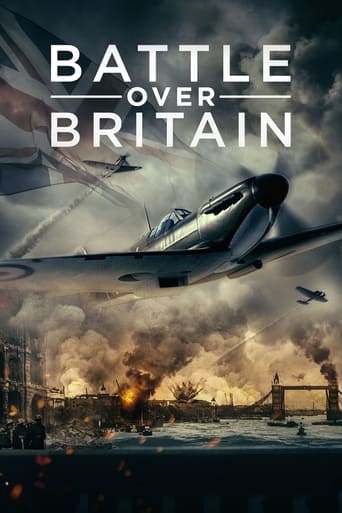
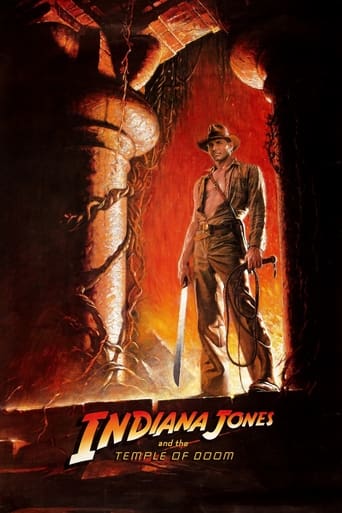
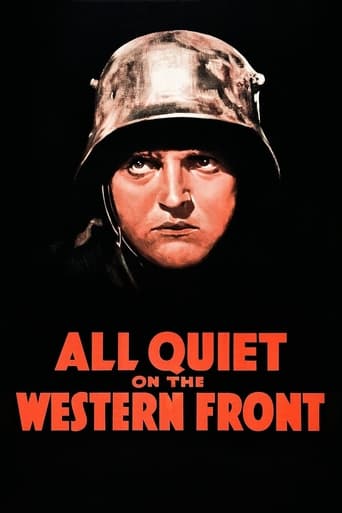
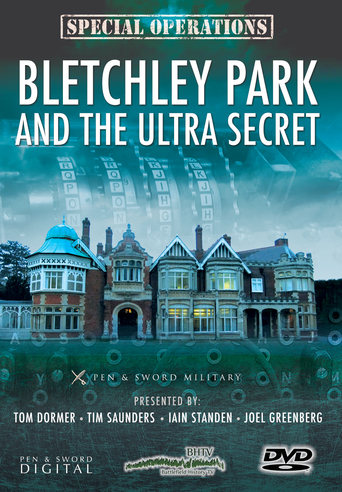
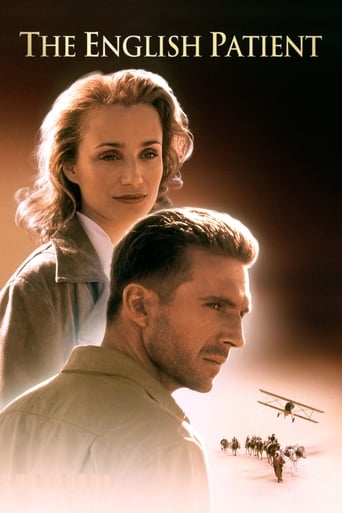

You May Also Like
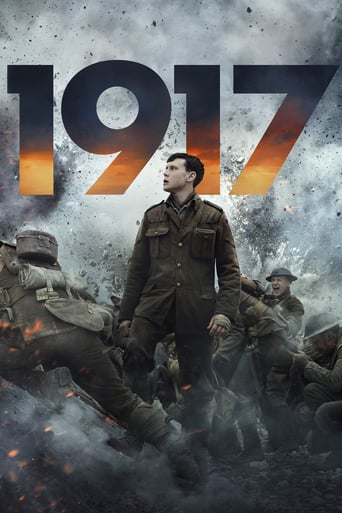
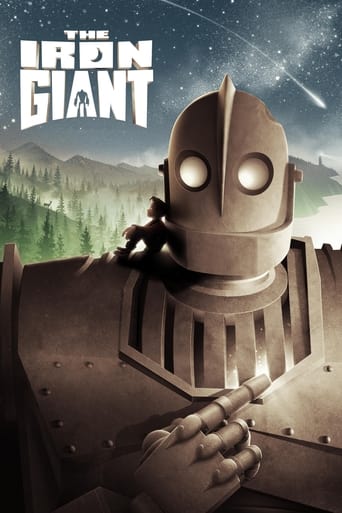
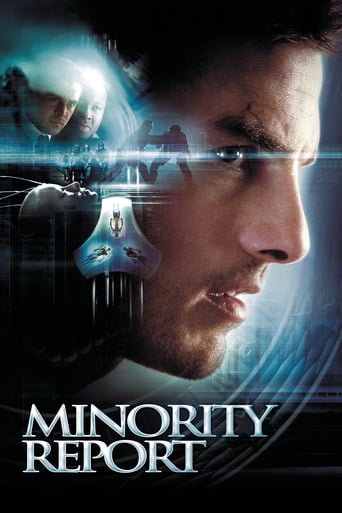
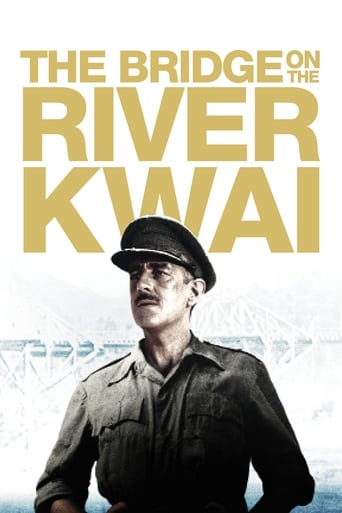


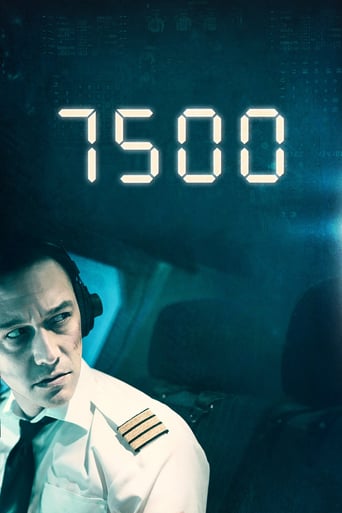
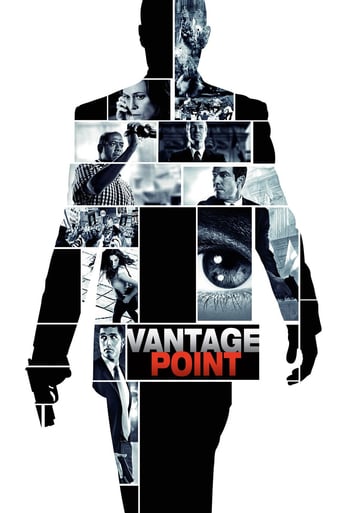
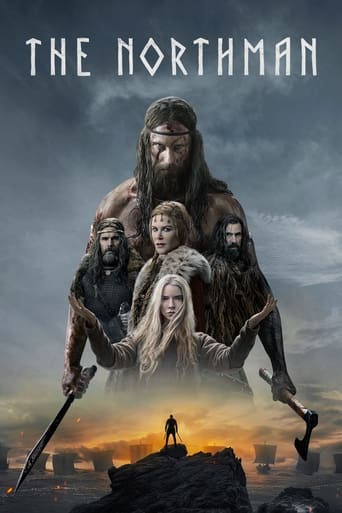
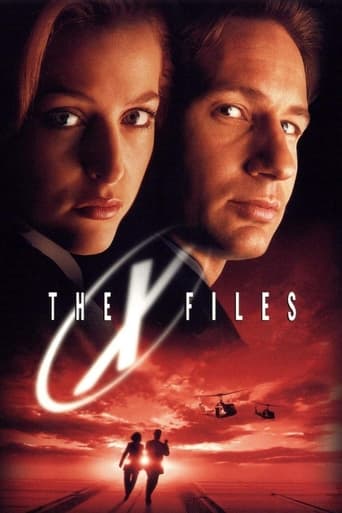
Reviews
Lack of good storyline.
It's no definitive masterpiece but it's damn close.
By the time the dramatic fireworks start popping off, each one feels earned.
One of the most extraordinary films you will see this year. Take that as you want.
Unlike it The Longest Day or Midway or Patton and MacArthur, The Bridge At Remagen will not give you any insights into the high command decisions involving the bridge left standing. The closest you will see to a general on the American side is E.G. Marshall and he's using an alias for a character based on J. Lawton Collins.No this is about the GIs and the Wehrmacht soldiers who slugged it out on the ground. The bridge was the only one left standing on the Rhine an oversight because Hitler ordered them all to be blown.But some on the scene wanted it left open so that several thousand German troops needed to defend The Fatherland could not be trapped in France. Then the Americans seeing it still not blown because of bad explosives used then wanted to capture it intact. The seesaw priorities provide a lot of drama.Robert Vaughn plays the German major left in command of the 'troops' that are ill equipped and understaffed for their mission. The saddest sight to see is a Hitler youth firing on and killing a GI from a hotel window. Of course the squad led by Lt. George Segal finds and kills him. It was truly heartbreaking.Segal and his men are those actually on the bridge trying to take and hold it and the battle scenes are intense. He's ably assisted by Segeant Ben Gazzara. He's also supervised by an officious major whom the audience I guaranteed wanted to punch out and he's played by Bradford Dillman.For the story the GI story of our first troops into Nazi Germany, despite historical errors you can't go wrong with The Bridge At Remagen.
"Blue Max" director John Guillermin's military action thriller "The Bridge at Remagen," with George Segal, Robert Vaughn, and Ben Gazzara, ranks at a good World War II movie. Clearly from the attitude of the U.S. Army soldiers—not their pompous superiors—these G.I. Joes see combat as a dirty business that you can get you killed. No doubt, the disillusion that most Americans had with Vietnam had tainted the storytelling. The Richard Yates & William Roberts screenplay has U.S. Brig. Gen. Shinner (E.G. Marshall) sending soldiers from Major Barnes' command (Bradford Dillman) into "Indian country" to capture 50-thousand German soldiers. Guillermin's movie shifts back and forth between the U.S. Army—the Brits and French have nothing to do with what being blown up or shot at here—the German Army. The German General Staff wants General Von Brock (Peter van Eyck of "Shakalo") to destroy the bridge so the Americans will not have a highway into the Third Reich. Naturally, Von Brock is horrified at the cost; 75-thousand German soldiers will be trapped behind the lines. Von Brock balks at the order and now must sign it to assure that he will carry it out. Von Brock assigns the inevitable task to destroying the bridge to German Major Paul Kreuger (Robert Vaughn of "The Magnificent Seven"). Like most 1960's World War II film post-"The Young Lions," Kreuger is treated as a sympathetic character with a daunting task. Of course, history dictates that Kreuger will not be able to hold the bridge, so suspense is limited in most respects. Nevertheless, the logistics of the action scenes, a robust cast, Elmer Bernstein's atmospheric orchestral score, Stanley Cortez's crisp, wide-screen cinematography, and an anti-heroic tone make "The Bridge at Remagen" a movie worth watching. Segal's Lieutenant Phil Hartman is the kind of character that Tom Hanks might have played. Ben Gazzara's skulduggery as a souvenir collector strikes the right tone for the anti-war era during which the film was made. World War II fanatics may complain about the post-World War tanks that turn up here, too. The armored vehicles look like they are hauling butt a little too fast in the opening credits, but it creates momentum. The irony is what happens to the German Major. Although it has nowhere near the scale of "The Longest Day," "The Bridge at Remagen" is a must-see for World War II moviegoers.
"When the rich wage war, it's the poor who die." - Sartre One of the best war films you've never heard of, "The Bridge at Remagen" (1969) was directed by John Guillermin. Guillermin was responsible for two other excellent war films: 1964's "Guns at Batasi", a fairly complex look at the "end" of British colonialism, and 1958's "I Was Monty's Double", a clever comedy, albeit one which never rises above the level of war-time propaganda."Remagen" opens with an amazing sequence: a convoy of American tanks are hurtling across Europe at breakneck speed. Crashing through villages, skidding along hilltops, they're also tracing the bank of the River Rhine. Up ahead is the still-intact Dusseldorf-Oberkassel bridge. Lieutenant Hartman (George Segel), leader of the American convoy, wants to take the bridge. The German Army is in full retreat on the other side. If he crosses, he can hit their flanks, penetrate German lines and press toward Berlin.Hartman's plan fails. His convoy is ambushed by German forces on the opposite side of the river. Shots are exchanged and the Dusseldorf-Oberkassel bridge is destroyed. This is where "The Bridge at Remagen" gets interesting. On Hartman's side of the river are several large groups of stranded German forces. They're racing down the river in an attempt to reach the last surviving bridge on the Rhine: the Bridge at Remagen. Hartman's racing them to that bridge. On the opposite side of the Rhine, meanwhile, German Major Paul Kruger (Robert Vaughn) is doing the same.Time is thus crucial in "The Bridge at Remagen". German and American forces are granted no sleep, no rest, no time for reloading or resupply. Everyone's fighting a running battle, everyone racing desperately toward Remagen. Once there, the film essentially becomes a siege movie, German and American forces slugging it out over the Rhine. Eyeing each other through binoculars like arch enemies, Major Kruger and Lieutenant Hartman quickly become locked in a battle of wits."Remagen" is remarkably brisk for a film released in 1969. Shot like a Sam Peckinpah movie, but without the facile nihilism, Guillermin's film is all rapid editing, snap-zooms, audacious crane-shots, amazing helicopter-shots and stylish hand-held. The film's pyrotechnics, hardware and the blunt immediacy of its gun-battles, are likewise head and shoulders above most blood-and-guts war flicks of the 1960s. With a premise that demands urgency, there's no other war movie from the decade which looks and moves like this.Thematically, "Remagen" offers a strange mix of World War 2 pulp fiction, Vietnam era revisionism and counterculture sentiments. Like the works of Sam Fuller, it adopts the tone of the combat comic-books of the 1940s and 1950s - which were aimed at adolescents - but then attempts to inject some sophistication. Like the zany war films of the sixties ("Dirty Dozen", "Kelly's Heroes", "Castle Keep", "MASH", "Catch 22" etc), the film's spirit also wholly belongs to the Beat and Hippie generations. "Should I care?" an American soldier asks, when matters of victory are discussed. "Who's the real enemy?" a German mumbles on his deathbed. Axis and Allies, then, are not mortal enemies but brothers in arms. Explicitly referring to one another as friends, both are but pawns cynically offered as fodder by cruel commanders and waging Imperialists. Elsewhere the film subverts the usual dehumanising portrayals of German soldiers by lingering on dead German kids, mournful fathers, crowds of refugees, the bravery of the Wehrmacht and the many German sons and daughters tragically wasted on war."The Longest Day" (1960) was perhaps the most famous WW2 war film released in the 1960s. Aesthetically spectacular, but thematically dumb, the film kowtowed to America's rather mythological understanding of World War 2. "Remagen's" too generic to engage in any meaningful historical or political revisionism, but it does draw constant parallels between Major Kurger and Lieutenant Hartman, between German grunt and American grunt. And where most Western war films engage in games of victimhood – our brave heroes always a small band outnumbered by hordes of "savages" ("Black Hawk Down", "Saving Private Ryan", "300" etc) - "Remagen" does the opposite. It is Major Kruger who is outnumbered, out-gunned, and under siege. It is Major Kruger who must bravely hold back a seemingly unending flow of enemy tanks and troops. In "The Bridge at Remagen", both German and American grunts are simultaneously glorified and pitied. "The Bridge at Remagen" was filmed in Czechoslovakia. It boasts a fine score by Elmer Bernstein and some picturesque location photography. George Segel, excellent as an American officer in "King Rat", is called upon to play a simpler character here: your archetypal American hero, only more jaded. "Remagen" also conveys well large scale tactics, geography and the spatial relationship between vying armies. Of all the WW2 movie of the 1960s ("Anzio", "Patton", "The Longest Day", "Battle of the Bulge" etc), it's arguably the best.8.5/10 - See "Decision Before Dawn", "The Victors" (1963) and "The Spy Who Came in From the Cold".
In March 1945, during the Allies' final advance into Germany, the U.S. 9th Armored Division succeeded in capturing the Ludendorff Bridge in the Rhineland town of Remagen. This was an important event because it was the only significant bridge still standing over the Rhine, and its capture meant that the U.S. Army could cross it immediately with heavy tanks, artillery pieces and supply trucks, thus establishing a bridgehead on the eastern bank of the river without the need for an amphibious crossing. "The Bridge at Remagen" tells a fictionalised version of these events. Virtually all war films made during World War II itself, and most of those made during the following decades, took a strongly patriotic approach, with the heroic Americans or British putting the villainous Axis forces to flight. There were, however, a few which took a more objective, nuanced look at the war. "Bridge on the River Kwai" and "Ice Cold in Alex" are two fine examples which come to mind, and this film is another. The three main characters on the American side are Major Barnes, Lieutenant Hartman and Sergeant Angelo, generally known as "Angel". Barnes is an aggressive, gung-ho officer, determined to capture the bridge at all costs, although he is motivated less by belief in the Allied cause than by a desire to further his own military career by impressing his superiors. Hartman, by contrast, is becoming disillusioned and weary of the war; his main motivation is to get home alive along with as many of his men as possible. He has reluctantly been promoted to company commander following the death of his more reckless predecessor. He despises Barnes whom he sees as putting his own interests before the lives of the men under his command. Angel also, at first, seems like a man who puts his own interests before all else, in his case by trying to make a profit out of anything he can steal. Early in the film we see him picking the pockets of a corpse, much to Hartman's disgust. Later on, however, Angel is humanised by his exposure to the darker side of war, especially after he is forced to shoot a German civilian who has opened fire on his unit, only to find that he has killed a teenage boy. The main character on the German side is Major Paul Krüger, the officer charged with defending the bridge. Krüger is not portrayed as a stereotypical Nazi but as an honourable Wehrmacht officer with a strong sense of duty. He is, however, confronted with two difficulties. The first is that he has been given two sets of mutually contradictory orders. The German High Command, on Hitler's instructions, has commanded that all bridges across the Rhine should be destroyed, but Krüger's immediate superior, General von Brock, has ordered him to hold the Remagen Bridge for as long as possible to enable the German 15th Army, trapped on the west bank of the river, to escape. His second difficulty is that he has been allocated insufficient troops to do the job. Unlike many war films, this is not a simple tale of the triumph of American heroism over Nazi villainy, but rather a psychological study of men at war. It features a number of very convincing performances, especially from George Segal as Hartman, Ben Gazzara as Angel and Robert Vaughn as Krüger. Hartman and Krüger may be on different sides, but both are shown as fundamentally decent, if flawed, characters. We do see evidence of German brutality and treachery, but against this must be set Barnes's callous disregard of the human cost of his actions and a scene where American planes strafe unarmed German civilians trying to flee across the bridge. It is not an anti-war film in the way in which, say, "Catch-22" or "Oh! What a Lovely War" are anti-war, but it can be seen as an anti-heroic war film, with no attempt to paint one side as wholly good or the other as wholly evil. In place of glory or heroics it shows us ordinary people, both soldiers and civilians, trying to survive the war with their lives, or their honour, intact. Director John Guillermin made some other good war films, including "I Was Monty's Double" and "The Blue Max", which also showed some of its German characters in a sympathetic light, but "The Bridge at Remagen" is the best of his which I have seen. 8/10
Top Streaming Movies











